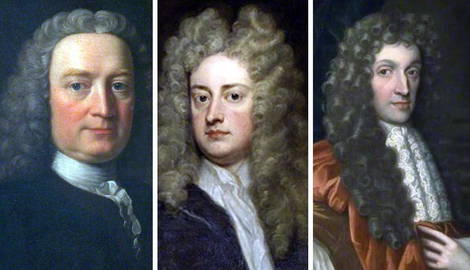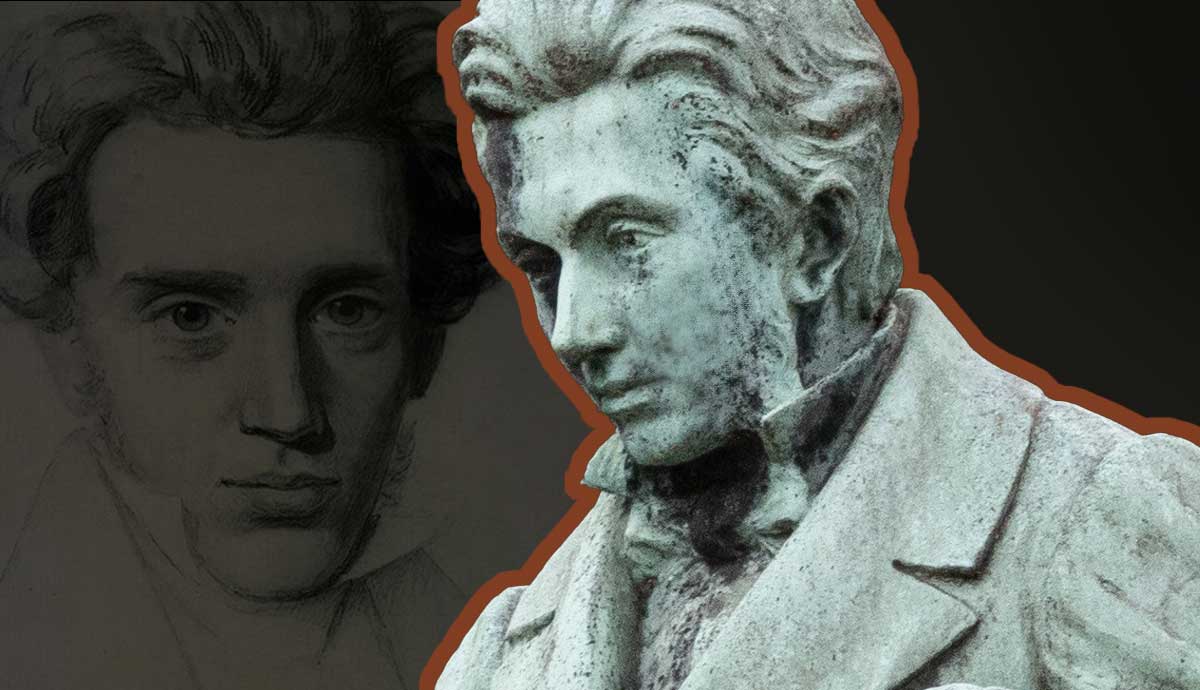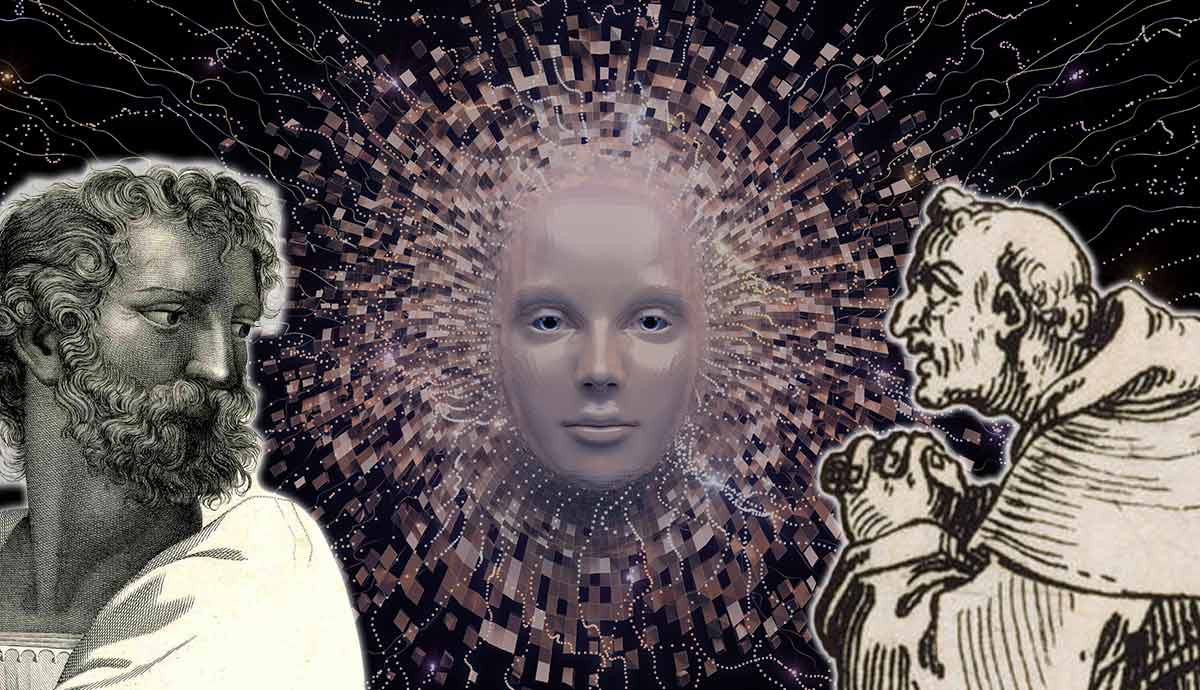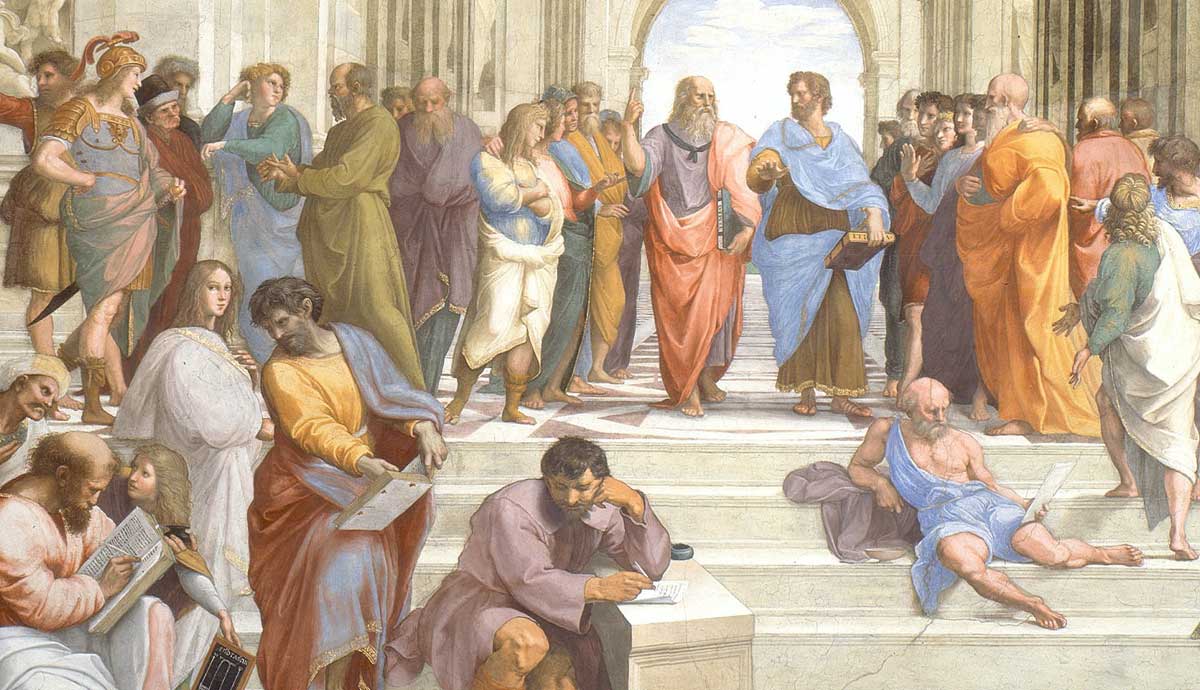
The century that is very important for the development of modern aesthetics was influenced by the philosophers of the 17th century. This century is dominated by rationalism and empiricism. The latter begins with the philosophy of John Locke. Then, there is almost no mention of aesthetics, but we will see how these trends paved the way for British empiricists, as well as later German philosophers, all of whom (except for Heidegger) returned to objectivism and developed aesthetics itself.
Objectivism and Subjectivism in Understanding Beauty

Beauty is in the eye of the beholder.
-Proverb
The opinion about beauty, which dominated in antiquity and the Middle Ages, is associated with objectivism. This means that thinkers generally thought, spoke, and wrote that beauty is a characteristic of an object, that is, an object is beautiful or ugly, regardless of our opinion. This does not mean that, in these periods, there were no sparks of thought about the share of human consciousness in determining beauty. Let’s take one example – the Sophists said that “man is the measure of all things.” Their philosophy was anthropocentric, oriented towards man. This thought of theirs does not have to refer only to ethics but also aesthetics.
On the other hand, later, the subjectivist view begins to prevail when discussing ethics, aesthetics, and other areas of philosophy. This means that thinkers, if we stick to aesthetics, start from the assumption that an object is beautiful or ugly, depending on our consciousness, that our consciousness gives it the quality of beauty, and that the object is not objectively beautiful or ugly. The focus of philosophical analysis, therefore, shifts from the object to the subject.
In the 18th century, various questions arose among British philosophers/aestheticians: What is taste? What is beauty? What is the relationship between the beauty of nature and that of art? How do you determine which work of art is more beautiful than another? etc. These questions will continue to interest the philosophers of the following generations, so it is important to establish which ideas contributed to their development and inspired the minds of the following centuries.
The Influence of John Locke on the Next Generation of British Empiricists

There is no idea in the mind that cannot be traced back to some particular experience.
-Locke
John Locke was a British empiricist born in 1632. He dealt primarily with politics and, therefore, with political philosophy. His ideas were key to both the Enlightenment and the birth of liberalism. His most famous work is An Essay Concerning Human Understanding, where, among other things, he sets out his idea of the mind as a blank slate or tabula rasa, where our sensory experiences dictate our view of the world. Some other famous works are The Reasonableness of Christianity and Of the Conduct of Understanding.
The two points of Locke that most influenced the British empiricists that will be discussed here are his division of the quality of the object as primary and secondary and Locke’s new way of thinking. The new way of ideas is a method of thinking now directed not towards the object as a bearer of beauty but towards the subject itself and the process of cognition within it. Locke wants thinkers to start exploring reason to discover its powers. In this way, we could better judge abstract or concrete things. The outside world would become easier to understand.
Drawing upon his theories of primary and secondary qualities, Locke posits that beauty can possess objectivity when rooted in primary qualities but becomes subjective when associated with secondary qualities. He identifies movement, solidity, number, and extension as primary qualities, contrasting them with color, sound, taste, and smell, which he categorizes as secondary. While initially confusing, this distinction evolved into a pivotal inquiry for philosophers in subsequent centuries.
Lord Shaftesbury’s Kalokagathia: Connecting Ethics and Aesthetics

Born into a family that was very politically active and close to Locke, the young Shaftesbury was supervised in the domain of his education by the aforementioned political philosopher. After traveling through Europe and after his father’s death, Shaftesbury took over his father’s duties in the Parliament, of which he was a member previously but had to retire due to his illness. His friendship with Locke continued, although he did not always follow Locke’s advice. In 1711, his completed works appeared under Characteristics of Men, Manners, Opinions, Times. Just two years later, Shaftesbury died.
Shaftesbury was primarily concerned with ethics. Only through dealing with ethics he touches on beauty, that is, aesthetics. He opposes Hobbes’ idea that the spiritus movens of man is fear for his own existence and “that man is a wolf to man.” On the contrary, Shaftesbury says that a sense of beauty drives man — that man does what he considers beautiful. In this way, he connects ethics with aesthetics. A man, in his opinion, will not do what he considers ugly if the man is good. His idea is that there is a special segment of consciousness responsible for morality and beauty together, which he calls by various names, the most important of which is the “internal sense.”
With the help of a new way of ideas, Shaftesbury deals with the analysis of the aesthetic act. He singles out three characteristics of aesthetic experience, and they are:
- Temporal immediacy – this implies immediate liking or disliking
- Immediacy as independence from reason – we admire beauty regardless of the logic of reason
- Immediacy as independence from will – we cannot control our emotions; they are a natural and spontaneous response to the world around us.
Joseph Addison: Expansiveness, Novelty, and Beauty

Every different Species of sensible Creatures has its different Notions of Beauty, and that each of them is most affected with the Beauties of its own Kind.
-Addison
Essayist, poet, dramatist, and politician Joseph Addison (1672-1719) founded the magazines Tatler in 1709 and The Spectator in 1711 with his friend Richard Steele. The latter was widely read (Benjamin Franklin also read it!). In number 412, The Works of Joseph Addison was published. Many topics were covered in the magazines, from essays on morality and critical essays to Addison’s views on the primary pleasures of the imagination. He also traveled through Europe and studied politics during that time. However, he is best known for his works in literature.
We mentioned imagination. Besides “imagination,” Addison uses the term “taste” to describe Shaftesbury’s notion of “internal sense.” In his Essays on the Pleasures of Imagination, Addison singles out sight as our most perfect sense for detecting beauty. Primary pleasures come from what we see with our eyes, and secondary pleasures come from ideas from our memories.
Whether primary or secondary, pleasures come from three sources. That which is great, that which is new, and that which is beautiful in our species. Addison prefers beauty that comes from nature rather than artistic beauty. As an example of expansiveness, he mentions, among other things, the deserts and the oceans. An example of novelty for him is the imperfections in nature, such as monsters, and under the beauty in our species, of course, are human beings, as well as symmetry and order.
Addison says that taste is innate, but it can also be lacking. Taste can be developed; that is, it can be improved. Like Shaftesbury’s opinion of the internal sense, Addison’s taste is a faculty of the soul that connects beauty with pleasure.
Francis Hutcheson: Strong Emphasis on the Subjectivity of the Aesthetic Act

Francis Hutcheson (1694-1745) was a pupil of Shaftesbury. He wrote extensively and was one of the most important thinkers of his time. In politics, he is significant for his theory of liberalism and advocacy for human rights. In ethics and aesthetics, following Shaftesbury, he focused on the study of human senses, especially moral ones.
Hutcheson put a lot of effort into researching human nature. He was a highly educated man, and it’s worth mentioning that his student was the famous Adam Smith. He also exerted a significant influence on David Hume and Immanuel Kant. His famous works include An Inquiry into the Original of Our Ideas of Beauty and Virtue (1725) and An Essay on the Nature and Conduct of the Passions and Affections, with Illustrations of the Moral Sense (1728).
Hutcheson discusses external and internal senses. When he speaks of the internal sense, he acknowledges his debt to Shaftesbury but also delves deeper into the concept of senses.
He distinguishes a particular moral sense from the aesthetic sense, unlike Shaftesbury. Simultaneously, he discusses the common features of external and internal senses, namely:
- Passivity – the mind or soul’s inability to resist external influences
- Immediacy – the temporal immediacy of the experience
- Innateness – senses are given a priori
According to Hutcheson, the idea of beauty arises from something he calls unity in difference. He distinguishes between absolute beauty or natural beauty and relative beauty or artistic beauty. Despite their differences, both of these types of beauty have something in common that activates the aesthetic sense in the mind. However, he emphasizes that even natural beauty is not objective. Therefore, one cannot talk about the beauty of objects; one can only talk about beauty as a phenomenon in consciousness.










